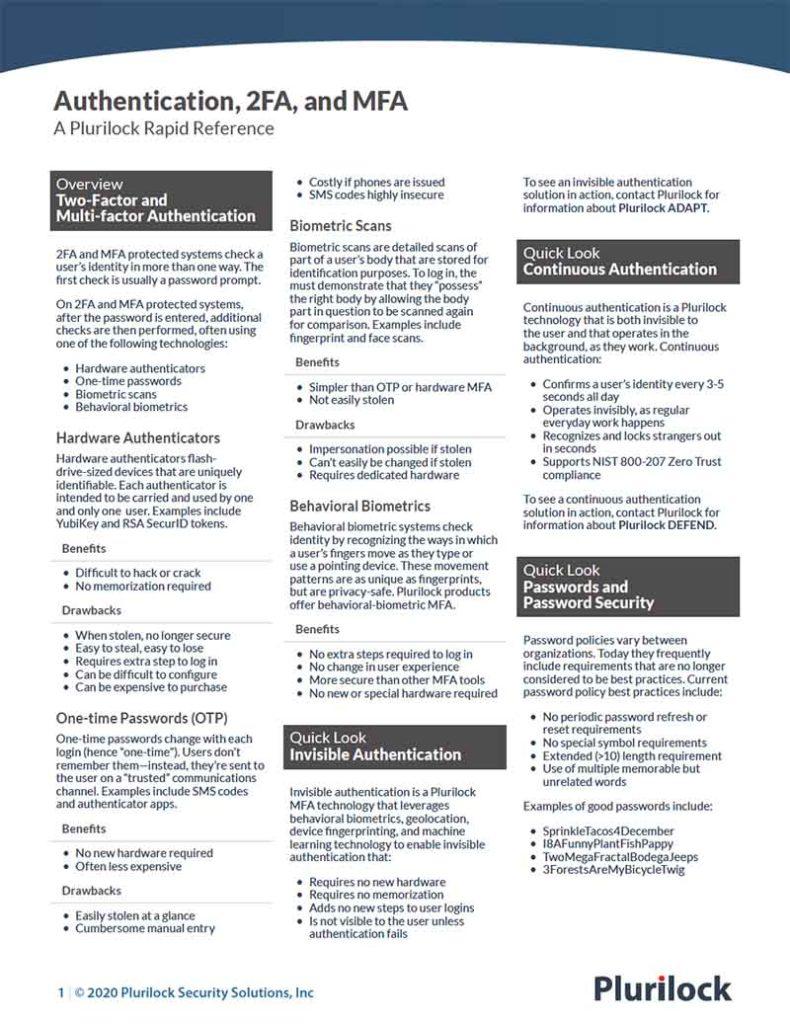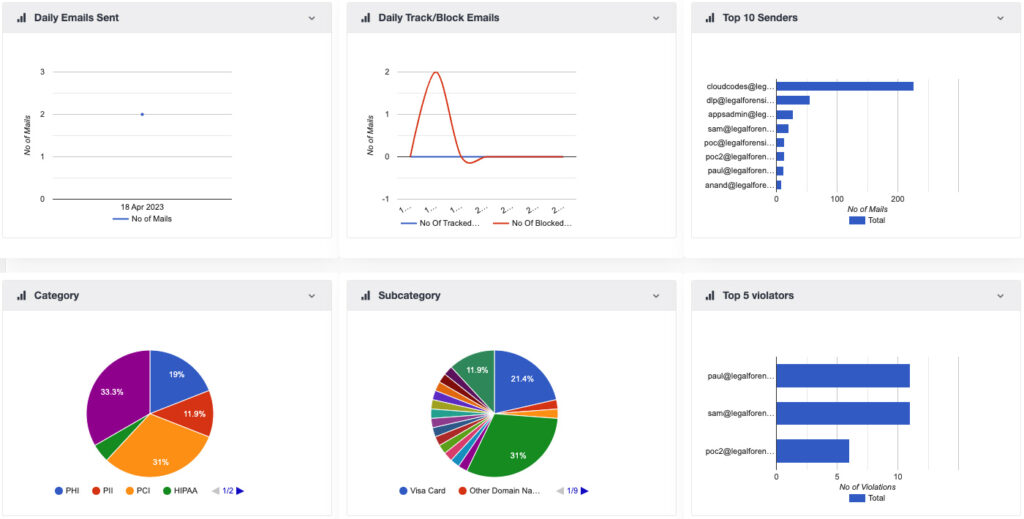Cybersecurity Reference > Glossary
Robotic Process Automation (RPA)
Robotic process automation, or RPA, refers to the development of software "robots" that are able to autonomously perform complex, repetitive software tasks.
Though RPA is similar in many ways to “macro” or “scripting” technologies, RPA apart by its flexibility, intelligence, and ability to automate workflows for which no automation capabilities are formally offered.
Because the creation and training of RPA bots involves machine learning technologies, RPA bots are able to complete a wide and complex variety of workflows involving multiple steps and systems, without the extensive software engineering efforts that would previously have been required to implement such automation.
Furthermore, because RPA bots operate by simulating or imitating the behavior of human user(s) completing the same tasks—that is to say, because they “work” through existing user interfaces, simulating the same pointing, clicking, and typing that human users might carry out, they are able to automate the wide variety of system(s) and software(s) for which API access and other programming affordances are not offered.
As RPA exponentially grows in importance, it is also becoming a significant cybersecurity concern, with both enterprises and their security providers working to identify both the security risk(s) associated with RPA and the best tools and technologies to address them.

2FA/MFA Rapid Reference
Authentication at a glance
Download the 2FA/MFA Rapid Reference now:
- 2FA and MFA basics and common solutions
- The benefits and drawbacks of each
- Glossary of authentication terms
2FA/MFA Rapid Reference
- 2FA and MFA basics and common solutions
- The benefits and drawbacks of each
- Glossary of authentication terms















